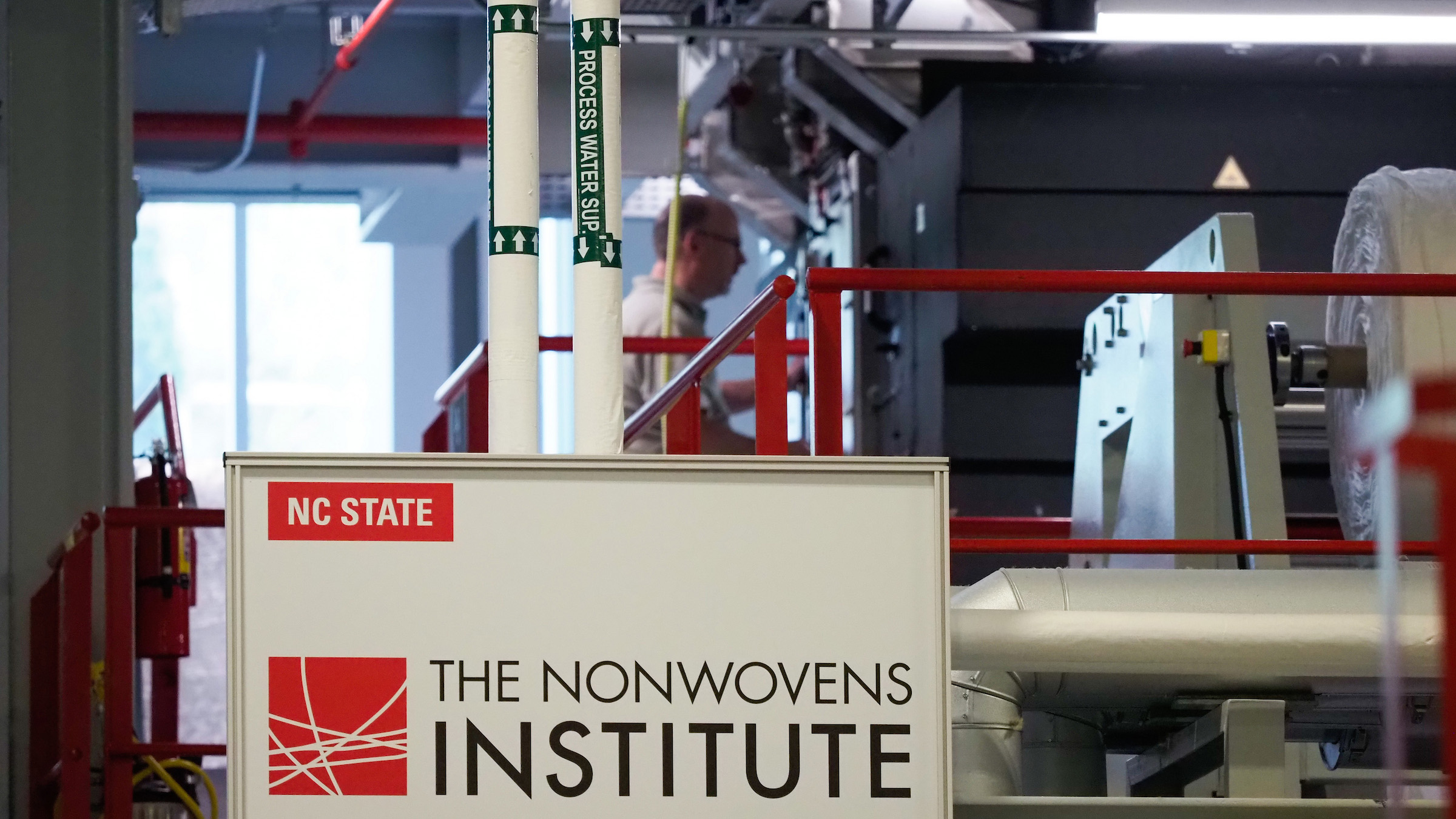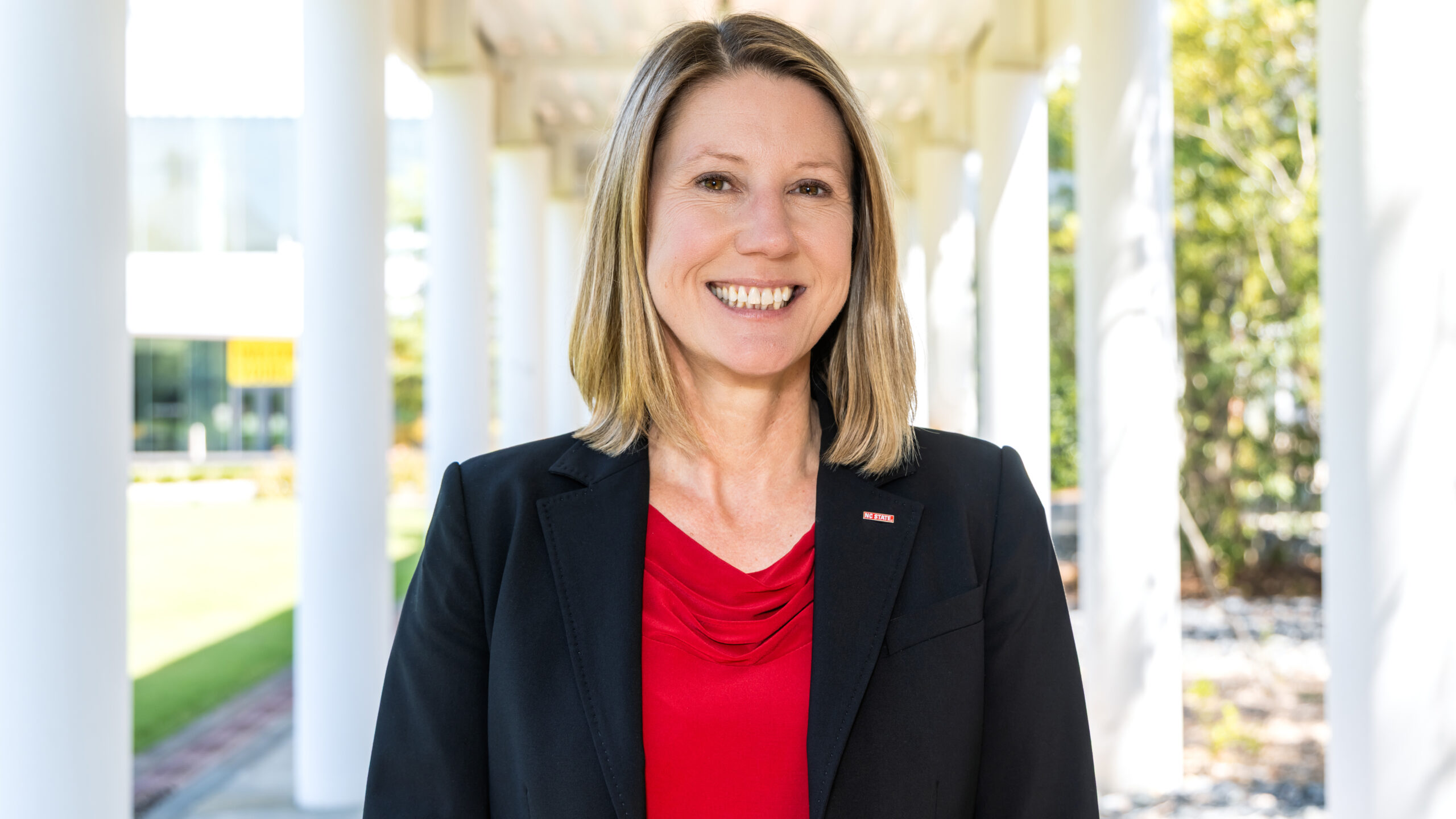Too Long, Didn’t Read? Data Scientists Think AI Is up for the TLDR Challenge
The Laboratory for Analytic Sciences at NC State hosts its Summer Conference on Applied Data Science to take on a grand challenge: using AI and ML to tailor daily reports for intelligence analysts.

Have you ever come across an article that you felt was too long, so you didn’t want to read it, but you still wanted the key takeaways? A short section at the end of a lengthy story that quickly summarizes the main point is often referred to on the Internet as a “TL; DR” — meaning “too long; didn’t read.” This summer, data scientists at NC State plan to research how artificial intelligence can create brief, tailored daily reports — also abbreviated as TLDRs — to help members of the intelligence community quickly get the information they need.
The Laboratory for Analytic Sciences (LAS) at North Carolina State University is hosting its inaugural eight-week Summer Conference on Applied Data Science (SCADS) on campus from June 13 to August 5. More than 40 participants selected from across academia, government and industry will collaborate to develop solutions to a large-scale data science problem.
“SCADS will bring together top data science talent, including students, faculty, industry and government to tackle a mission-focused grand challenge faced by the intelligence community,” says Courtney Sheldon, deputy director at LAS.
Conference participants will examine the challenge of generating short, tailored daily reports for knowledge workers that include information relevant to their objectives and interests. For example, the intelligence community manually produces a short, tailored report for the U.S. president every morning summarizing intelligence updates that the president needs to know. SCADS attendees will research how content for similar reports can be compiled through artificial intelligence and machine learning, user modeling, and information retrieval methods. The grand challenge is to automate and optimize the process so that it can be scaled from a single report tailored for a specific individual to reports that can be tailored to the interests of tens of thousands of individuals — quickly, and as needed.
Conference participants will focus on two specific issues related to this grand challenge. The first issue is to conceptualize the content, format, user interactions and automated analysis that could be in a daily report. The second is to investigate how to create tailored summaries within a large-scale, evolving body of multi-modal data.
Attendees will spend the first two weeks of the conference learning about the problem domain and datasets. Over the remaining six weeks, attendees will work on the problems most interesting to them, with collaborative work encouraged. Informal sessions or lectures will be used to present partial results or ideas.
Sheldon says the goals for the summer conference include strengthening cross-sector relationships in data science, developing leap-ahead artificial intelligence (AI) and machine learning (ML) solutions, and positioning the United States to maintain a competitive advantage in AI and ML.
“LAS is thrilled to be able to provide a collaborative learning environment on Centennial Campus that will propel innovative research and foster new partnerships for years to come,” Sheldon says. “We can’t wait to see the results of this summer’s research.”
Guest post by Katherine Kershaw
- Categories:


